AUSTRALIAN RENEWABLE
ENERGY LABORATORY (AREL)


A/Professor Jinchen Ji
Dynamics and control of nonlinear systems, coordination control of multi-agent systems, condition monitoring and fault diagnosis, fatigue analysis, and dynamics of predator-prey systems
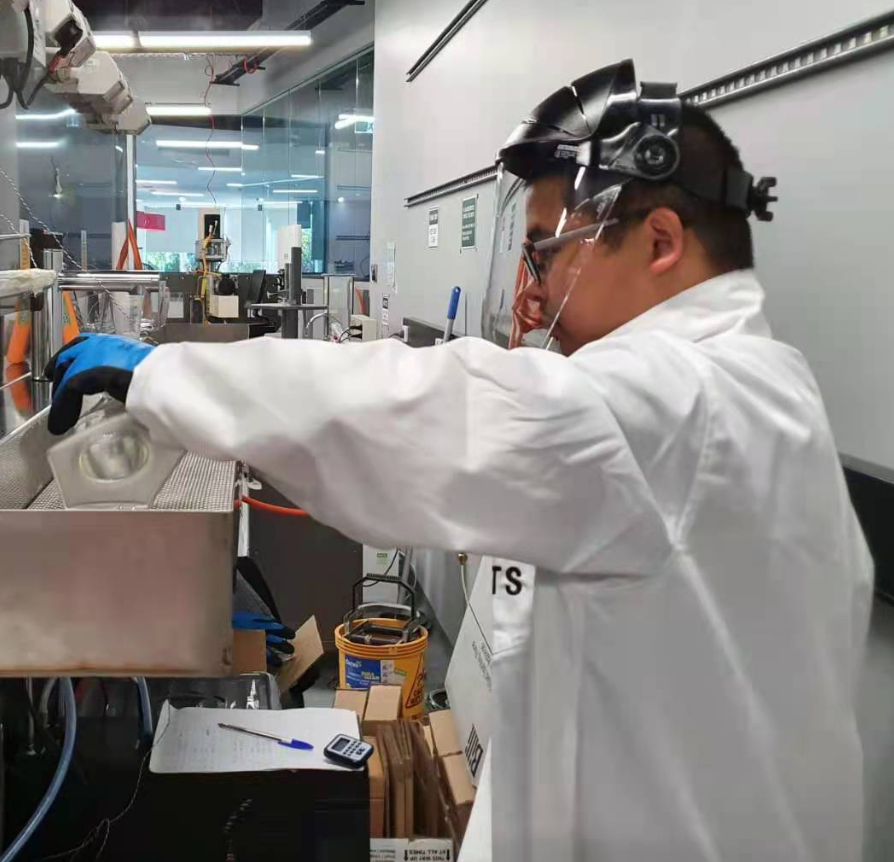
Dr Kan Ye
Blade design, dynamics of offshore wind turbines, supporting platform design, field testing.
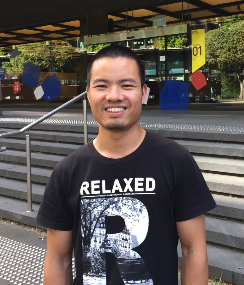
Dr Jingyang Zheng
fatigue analysis and fault diagnosis of main shaft bearings, offshore wind turbines.
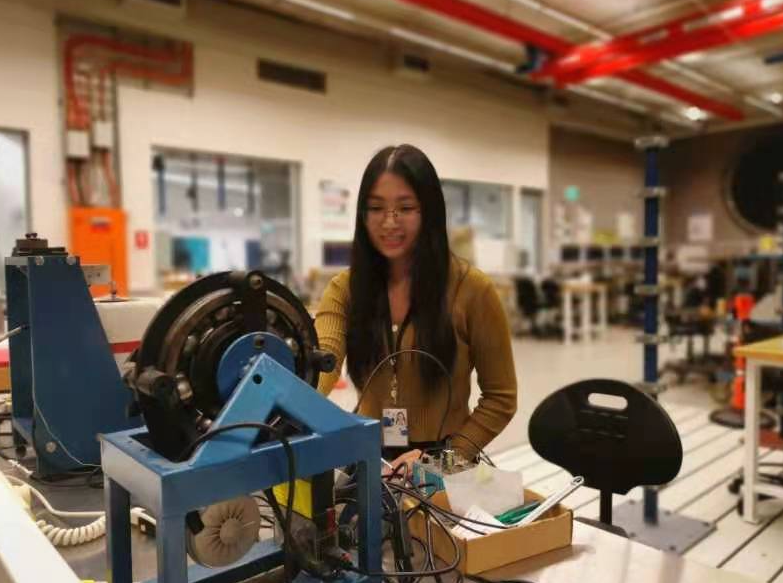
Ms Qing Ni
Fault diagnosis, prognosis, machine learning, signal processing.
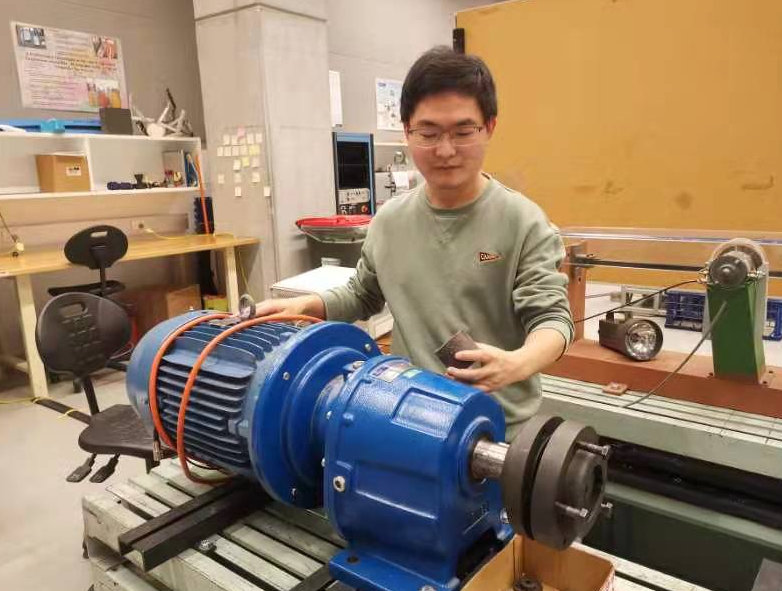
Dr Ke Feng
Dynamics, tribology, signal processing, and machine condition monitoring.

Ms Xin Hang
Fault diagnosis and dynamics analysis of offshore wind turbines.
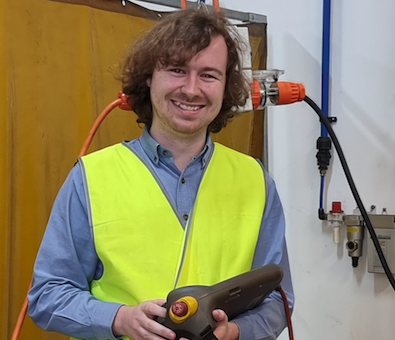
Mr Mitchell C.
Prototype designing and testing, noise measurement and analysis

Mr James M.
Project and product development manager, mechanical engineer and compliance officer.
This project is designed to research the feasibility and sustainability of employing solar powered technologies as an energy source in households in Australia. This project focuses on using solar panels on an automated system, installed on the roofs of houses. This system will be intended to follow the path which yields maximum sunlight throughout the day, and to integrate it to a power storage system. The efficient automated system will be developed with a fixed-angle solar panel to allow for maximum energy retention and minimal power draw.
Use of wind turbines for residential application is one of Australia’s main sources of renewable energy. However, at present, use of smart wind turbines to generate electricity efficiently is rare in Australia. Installing smart wind turbines on residential buildings has the potential to make a significant contribution to Australian government’s renewable energy targets.
- 1) quiet operation, low noise, negligible vibration, environmental and social friendly;
- 2) light weight, negligible impact on building roof-structures;
- 3) few components, less maintenance and easy installation; and
We aim to develop a smart wind energy system by addressing the above design considerations. Once this topic is successfully completed, two future research topics are planned:
- 1) 3D modelling of wind resources (this will accurately predict the wind speed in any location); and
- 2) Integrated design of traditional wind turbine into design of smart wind energy system.
Develop an innovative wind turbine for use in urban environments. Conventional and modern wind turbines are not designed to work with urban environments. We are currently develop a wind turbine specifically designed for use in urban areas, which is reliable, cost-effective, safe operation for urban environments. Initial calculation shows that the proposed turbine could prevent the annual emission of 0.98 tons of CO2 to the environment.
Use both conventional and artificial intelligence methods to perform fault diagnosis of gearbox in in-direct drive wind turbines, and fault diagnosis of main shaft bearings in direct-drive wind turbines. Develop both physical model and digital-twin model for remote fault diagnosis.
Use advanced fatigue analysis theories and artificial intelligent methods to carry out fatigue analysis and remaining life prediction for offshore wind turbines. Develop smart intelligent monitoring system for smart maintenance scheduling, enabling prognostics-enabled decision making.
We have been collaborating with top researchers from universities, architecture designers, and builders to develop wind turbines. One of our current projects is to develop a reliable, cost-effective and efficient wind turbine for use in urban environments. We warmly welcome any kind of research collaborations from industries, research institutes, and government agencies.